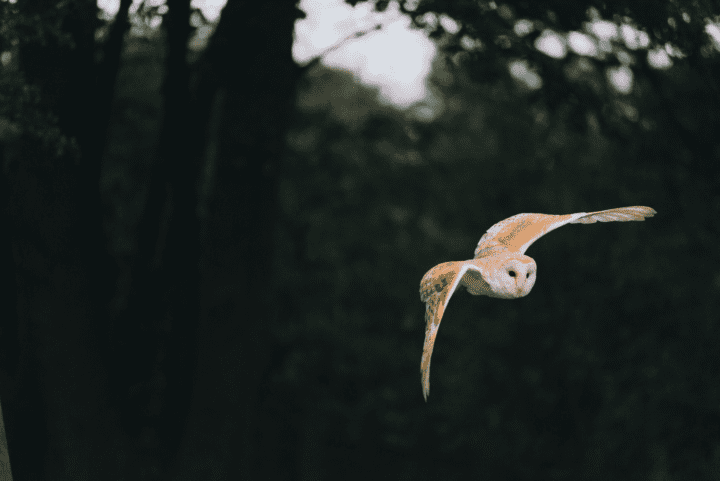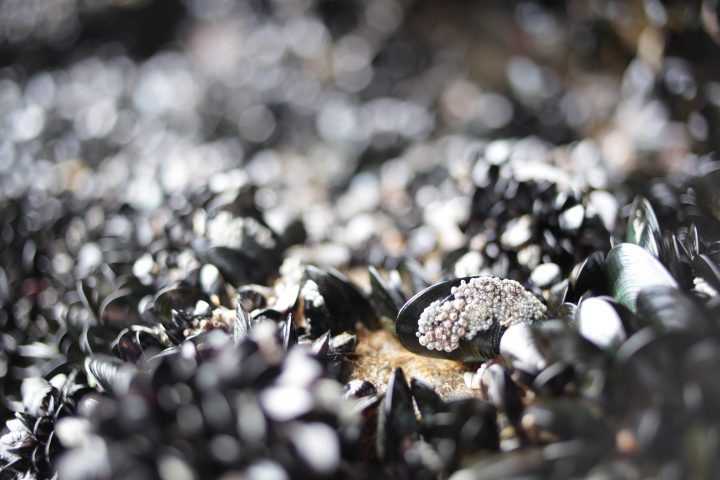Unmanned aerial vehicle from MIT glides at high speeds using only the force of the wind thanks to its long wing span.
Benefits
- Faster
- Reduced energy usage
- Autonomous
Applications
- Aviation
- Boats
- Surveillance systems
UN Sustainable Development Goals Addressed
-

Goal 9: Industry Innovation & Infrastructure
The Challenge
Unmanned aerial vehicles, or UAVs, have many important applications, one of them being ocean monitoring. Ocean monitoring is necessary to characterize coastal and marine environments and is essential in understanding global conditions and the impacts of human activity. Oceans cover 70% of Earth, but they remain exceedingly under-monitored, partly because we lack proficient monitoring technology. Increasing the endurance and viability of UAVs in long-term missions remains a concern.
Innovation Details
The UNAv, an efficient air-water UAV, borrows features from both sailboats and albatrosses, using the wind to travel across the water. It is made up of a glider airframe with a vertical wing sail extending above the vehicle’s center of mass and a surface-piercing hydrofoil keel extending below. The UNAv features a high lift-to-drag ratio and produces a gravity canceling force employing its glider wings, while also interacting with the water to utilize the full force of the wind. It can stay airborne even in winds as low as 6.3 miles per hour (10.1 kilometers per hour) m/s, and can travel several times faster than wind speed, up to 23 miles per hour (37 kilometers per hour). If the wind dies down, the glider dips its tail under the surface and rides forward on the water. The UNAv is highly efficient and could have a significant positive application within the field of ocean monitoring.
Biomimicry Story
Albatross birds have long wings that help them fly quickly through the air to avoid predators and capture prey. Their wings function through a mechanical process called “transfer of momentum”, utilizing the lift of the wind to propel forward. This way, the bird is able to stay afloat without flapping its wings.




